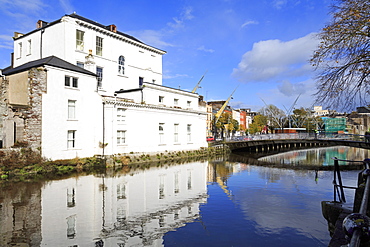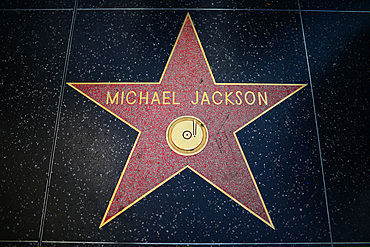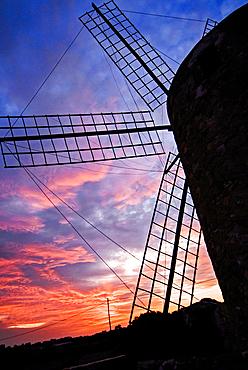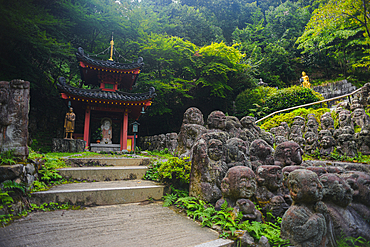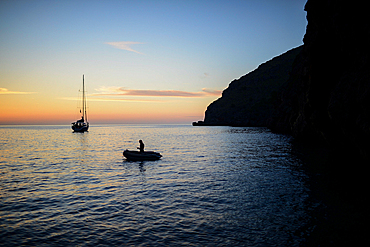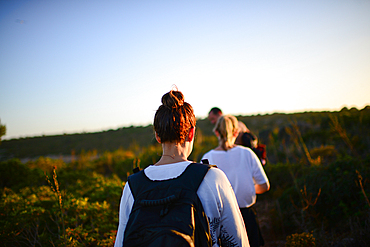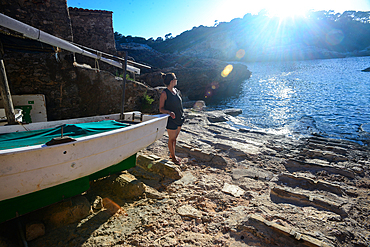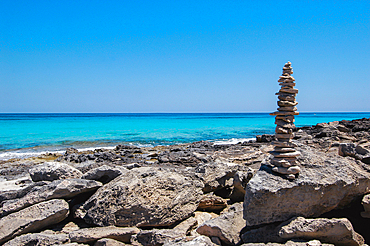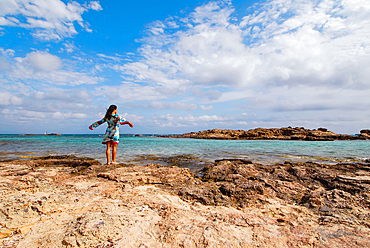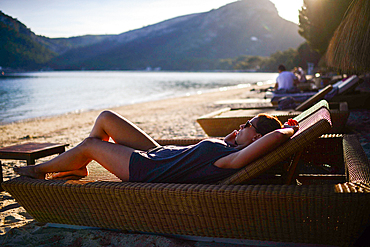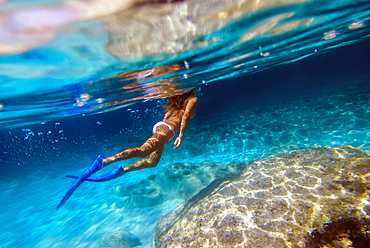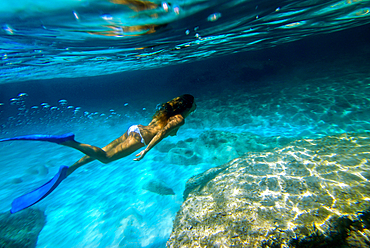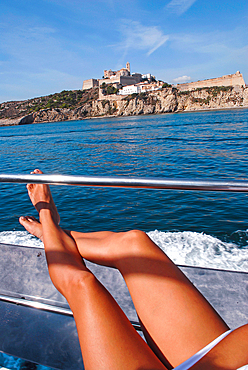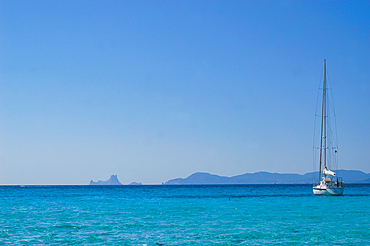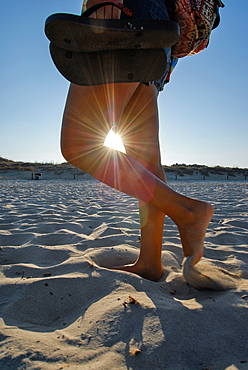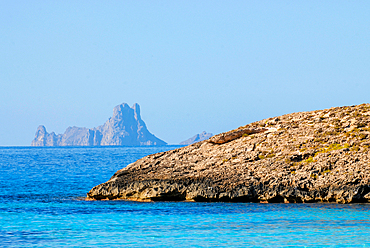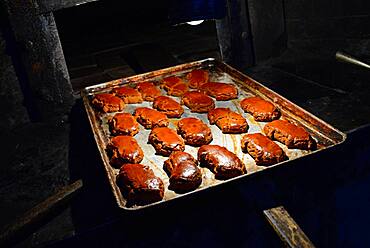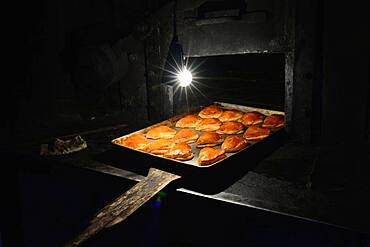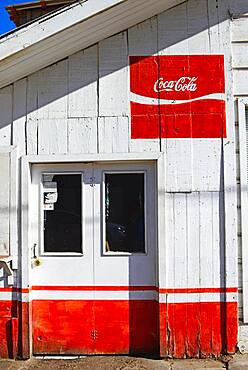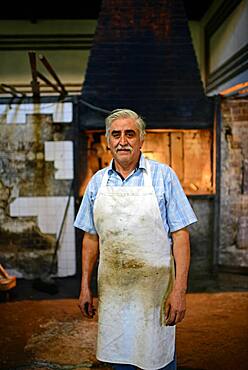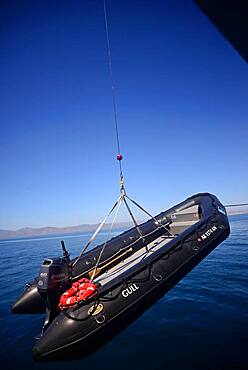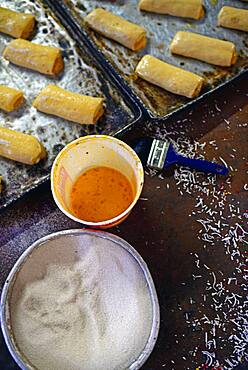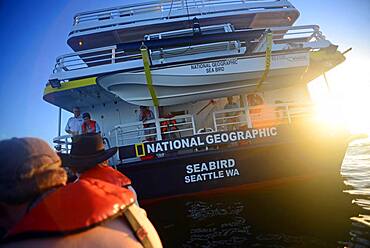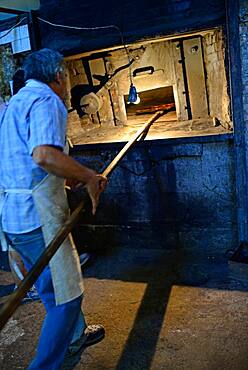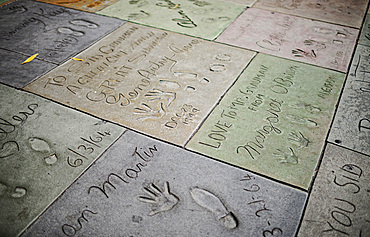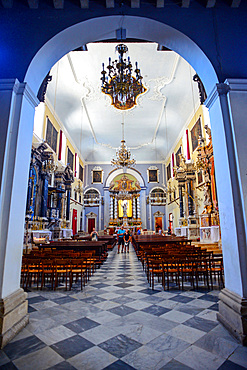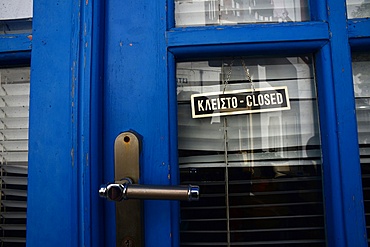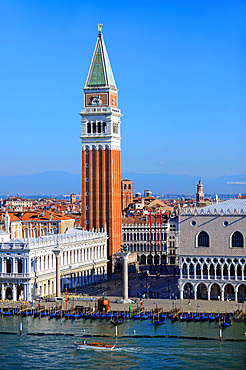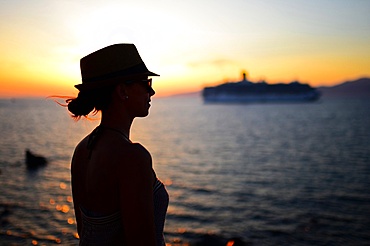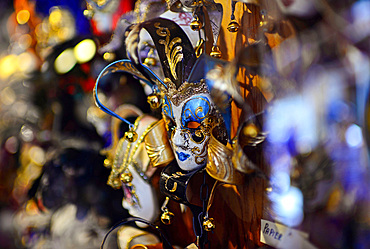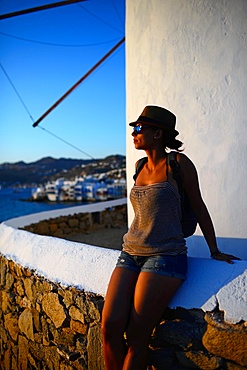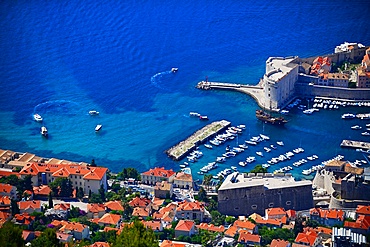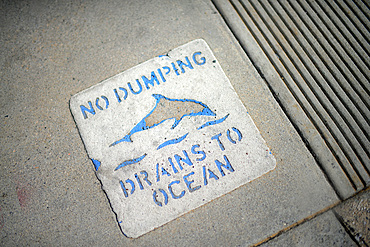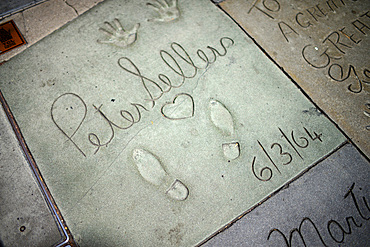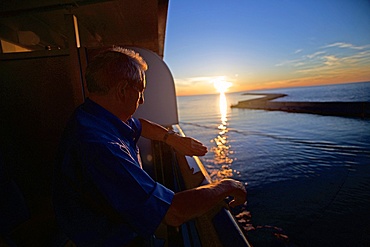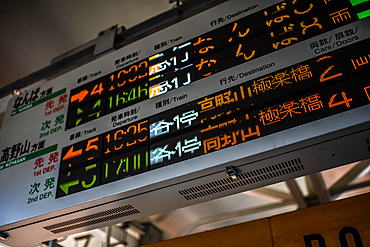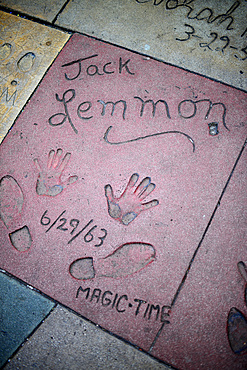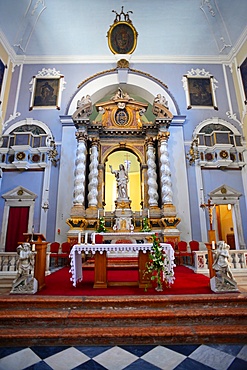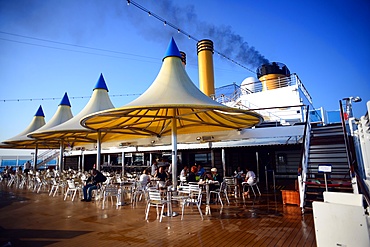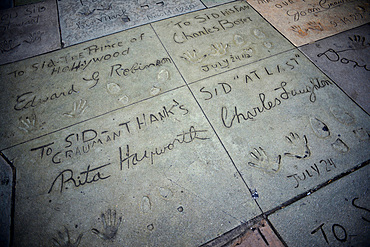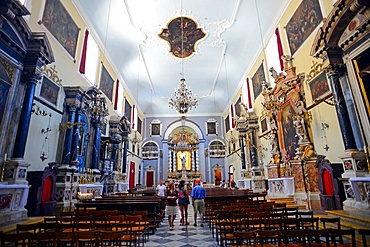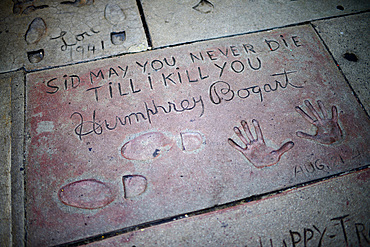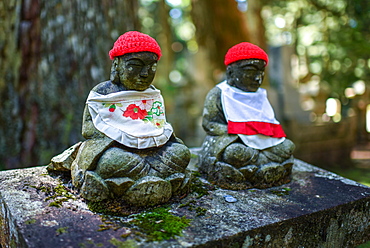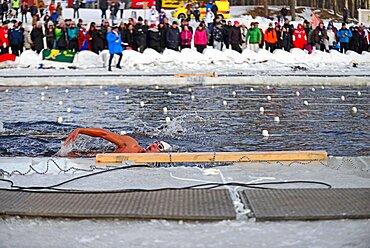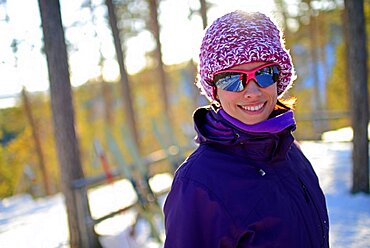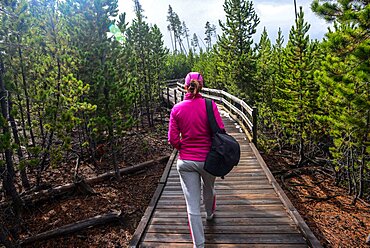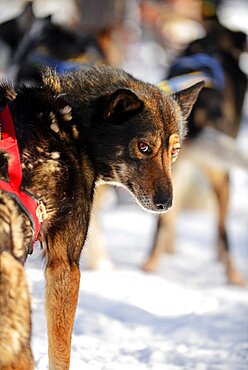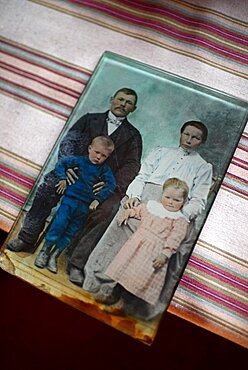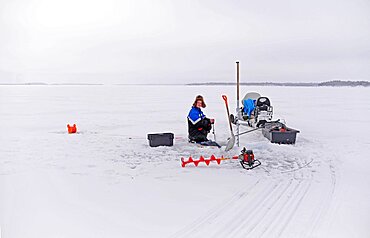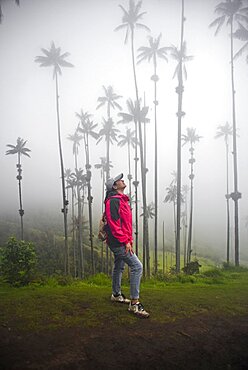Results
1 results found
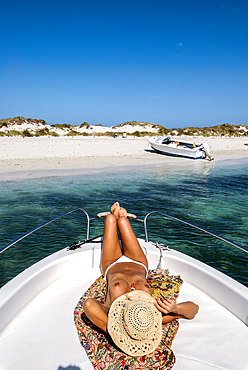
Woman relaxing on yacht in Espalmador, a small island located in the North of Formentera, Balearic Islands, Spain
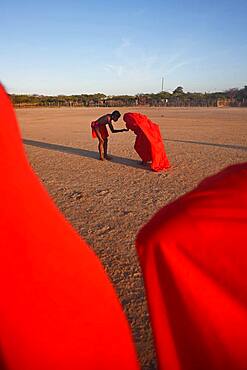
Yonna dance, also called Chichamaya, carries a considerable symbolic charge for the Wayuu indigenous people of Colombia, representing three basic principles for this tribal group: Social equality, collective solidarity and the improvement of relations between the human being and the Cosmos.
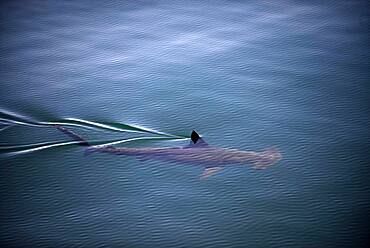
A smooth hammerhead shark (Sphyrna zygaena), swims under the surface in open ocean, breaking the water with its dorsal fin, Sea of Cortez, Mexico
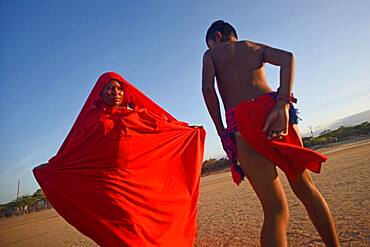
Yonna dance, also called Chichamaya, carries a considerable symbolic charge for the Wayuu indigenous people of Colombia, representing three basic principles for this tribal group: Social equality, collective solidarity and the improvement of relations between the human being and the Cosmos.

Yonna dance, also called Chichamaya, carries a considerable symbolic charge for the Wayuu indigenous people of Colombia, representing three basic principles for this tribal group: Social equality, collective solidarity and the improvement of relations between the human being and the Cosmos.
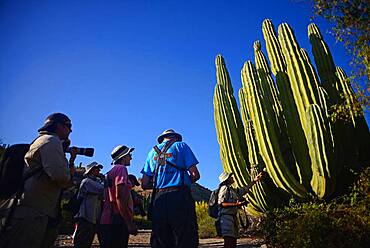
Visitors looking at large Mexican giant cardon cactus (Pachycereus pringlei) on Isla Santa Catalina, Baja California Sur, Mexico.
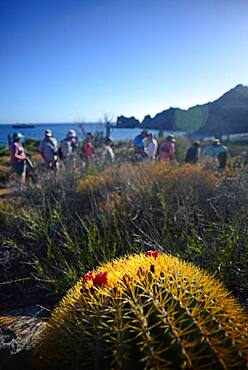
Endemic giant barrel cactus (Ferocactus diguetii), Isla Santa Catalina, Gulf of California (Sea of Cortez), Baja California Sur, Mexico, North America
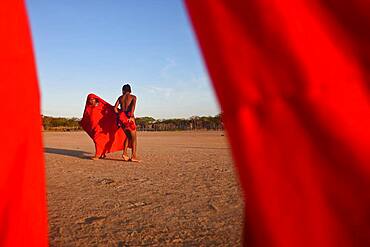
Yonna dance, also called Chichamaya, carries a considerable symbolic charge for the Wayuu indigenous people of Colombia, representing three basic principles for this tribal group: Social equality, collective solidarity and the improvement of relations between the human being and the Cosmos.
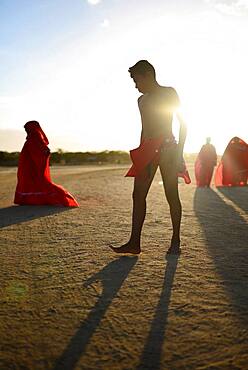
Yonna dance, also called Chichamaya, carries a considerable symbolic charge for the Wayuu indigenous people of Colombia, representing three basic principles for this tribal group: Social equality, collective solidarity and the improvement of relations between the human being and the Cosmos.

Yonna dance, also called Chichamaya, carries a considerable symbolic charge for the Wayuu indigenous people of Colombia, representing three basic principles for this tribal group: Social equality, collective solidarity and the improvement of relations between the human being and the Cosmos.
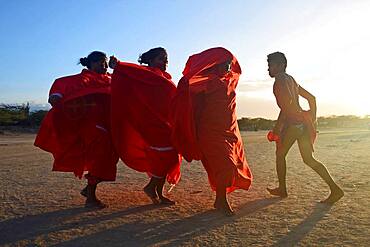
Yonna dance, also called Chichamaya, carries a considerable symbolic charge for the Wayuu indigenous people of Colombia, representing three basic principles for this tribal group: Social equality, collective solidarity and the improvement of relations between the human being and the Cosmos.
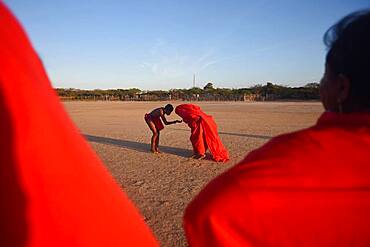
Yonna dance, also called Chichamaya, carries a considerable symbolic charge for the Wayuu indigenous people of Colombia, representing three basic principles for this tribal group: Social equality, collective solidarity and the improvement of relations between the human being and the Cosmos.
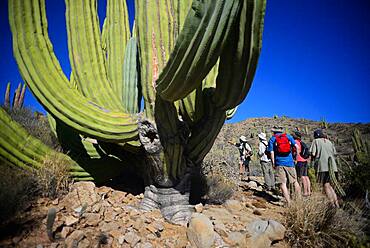
Visitors looking at large Mexican giant cardon cactus (Pachycereus pringlei) on Isla Santa Catalina, Baja California Sur, Mexico.
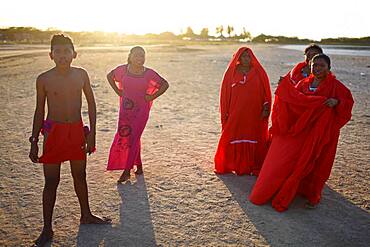
Yonna dance, also called Chichamaya, carries a considerable symbolic charge for the Wayuu indigenous people of Colombia, representing three basic principles for this tribal group: Social equality, collective solidarity and the improvement of relations between the human being and the Cosmos.
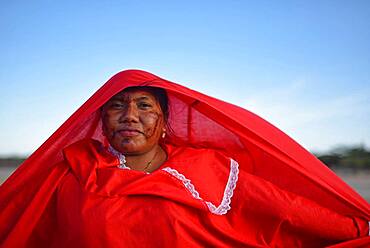
Yonna dance, also called Chichamaya, carries a considerable symbolic charge for the Wayuu indigenous people of Colombia, representing three basic principles for this tribal group: Social equality, collective solidarity and the improvement of relations between the human being and the Cosmos.
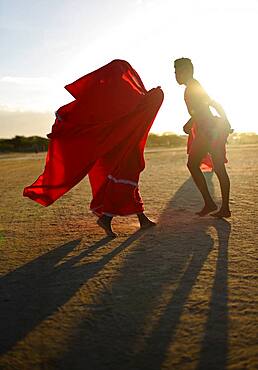
Yonna dance, also called Chichamaya, carries a considerable symbolic charge for the Wayuu indigenous people of Colombia, representing three basic principles for this tribal group: Social equality, collective solidarity and the improvement of relations between the human being and the Cosmos.
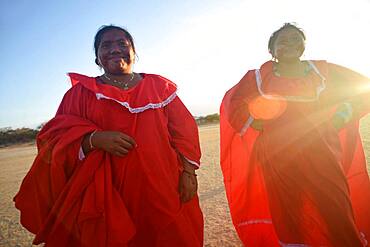
Yonna dance, also called Chichamaya, carries a considerable symbolic charge for the Wayuu indigenous people of Colombia, representing three basic principles for this tribal group: Social equality, collective solidarity and the improvement of relations between the human being and the Cosmos.
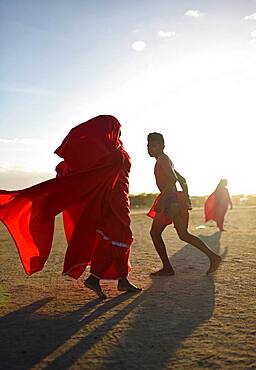
Yonna dance, also called Chichamaya, carries a considerable symbolic charge for the Wayuu indigenous people of Colombia, representing three basic principles for this tribal group: Social equality, collective solidarity and the improvement of relations between the human being and the Cosmos.
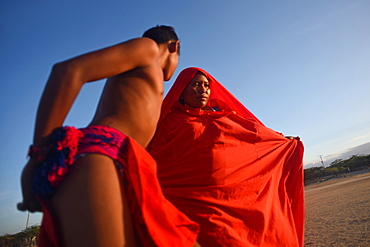
Yonna dance, also called Chichamaya, carries a considerable symbolic charge for the Wayuu indigenous people of Colombia, representing three basic principles for this tribal group: Social equality, collective solidarity and the improvement of relations between the human being and the Cosmos.
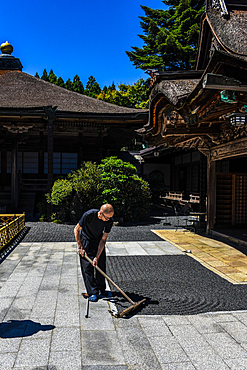
Monk working on Zen Garden at Yochi-in temple in Koyasan (Mount K?ya), a huge temple settlement in Wakayama Prefecture to the south of Osaka
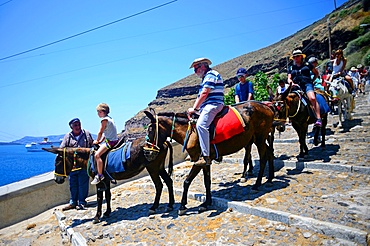
Mule taxis and donkey riding in Fira, Santorini, a cruel tradition that contributes to animal abuse, according to many animal welfare organisations.
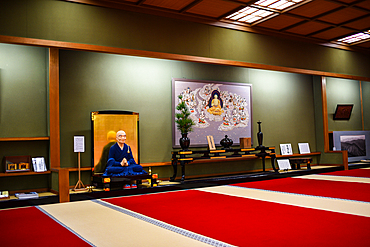
Kong?bu-ji is the ecclesiastic head temple of Koyasan Shingon Buddhism, located on Mount K?ya, Wakayama prefecture, Japan
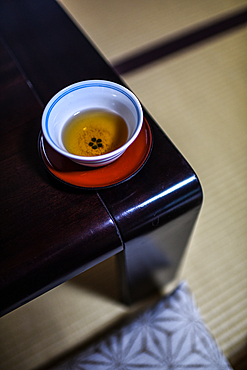
Yochi-in temple in Koyasan (Mount K?ya), a huge temple settlement in Wakayama Prefecture to the south of Osaka
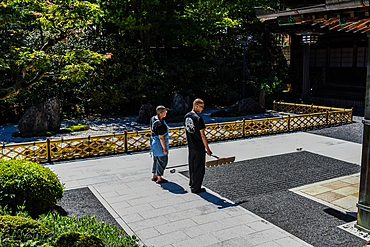
Monks working on Zen Garden at Yochi-in temple in Koyasan (Mount K?ya), a huge temple settlement in Wakayama Prefecture to the south of Osaka
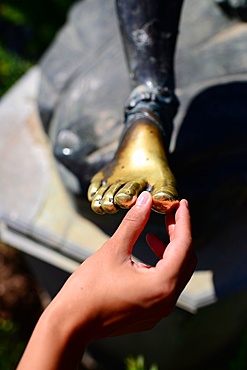
Tourist touching statue•s feet at The Achilleion Palace in Village of Gastouri (Sisi's beloved Greek summer palace), Corfu, Greece
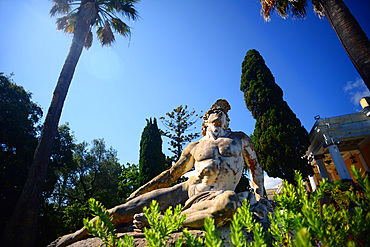
Dying Achilles (Achilleas thniskon) in the gardens of the Achilleion Palace in Village of Gastouri (Sisi's beloved Greek summer palace), Corfu, Greece
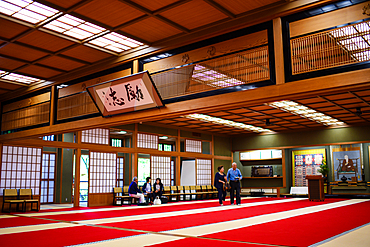
Kong?bu-ji is the ecclesiastic head temple of Koyasan Shingon Buddhism, located on Mount K?ya, Wakayama prefecture, Japan
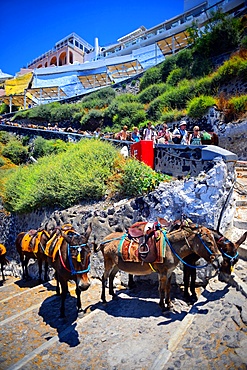
Mule taxis and donkey riding in Fira, Santorini, a cruel tradition that contributes to animal abuse, according to many animal welfare organisations.
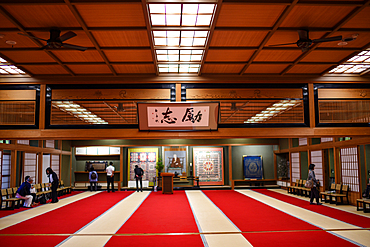
Kong?bu-ji is the ecclesiastic head temple of Koyasan Shingon Buddhism, located on Mount K?ya, Wakayama prefecture, Japan
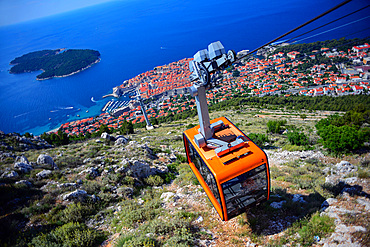
Dubrovnik Cable Car, a 4-minute ride transports visitors 778 meters to a plateau offering Old City views & a restaurant.
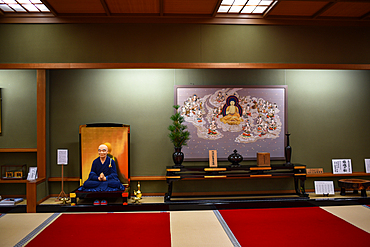
Kong?bu-ji is the ecclesiastic head temple of Koyasan Shingon Buddhism, located on Mount K?ya, Wakayama prefecture, Japan
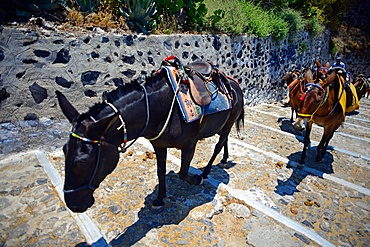
Mule taxis and donkey riding in Fira, Santorini, a cruel tradition that contributes to animal abuse, according to many animal welfare organisations.
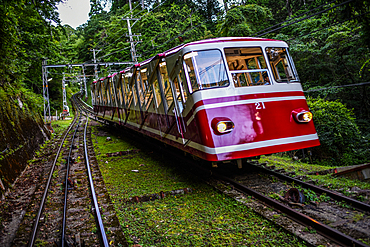
Cable car to Koyasan (Mount K?ya), huge temple settlement in Wakayama Prefecture to the south of Osaka.
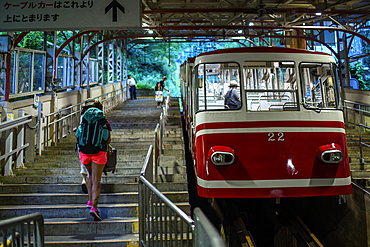
Cable car to Koyasan (Mount K?ya), huge temple settlement in Wakayama Prefecture to the south of Osaka.
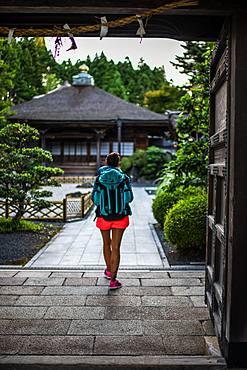
Yochi-in temple in Koyasan (Mount K?ya), a huge temple settlement in Wakayama Prefecture to the south of Osaka
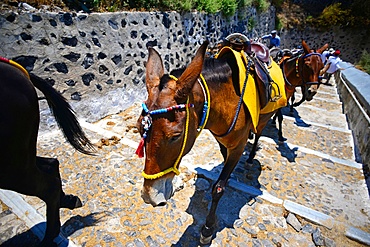
Mule taxis and donkey riding in Fira, Santorini, a cruel tradition that contributes to animal abuse, according to many animal welfare organisations.
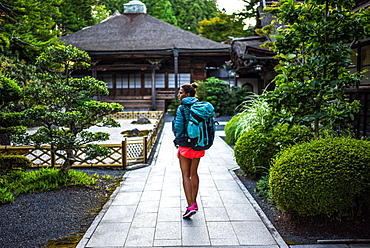
Yochi-in temple in Koyasan (Mount K?ya), a huge temple settlement in Wakayama Prefecture to the south of Osaka

Antti, young Finnish guide from VisitInari, rides a snowmobile in the wilderness of Inari, Lapland, Finland

Inside the home of Tuula Airamo, a S?mi descendant, and Reindeer farmer, by Muttus Lake. Inari, Lapland, Finland
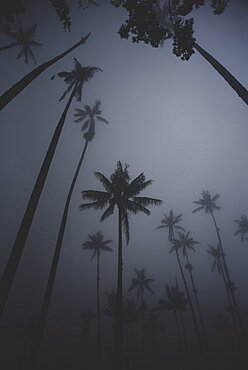
The Cocora Valley (Spanish: Valle de Cocora) is a valley in the department of Quindio, just outside the pretty little town of Salento, in the country of Colombia,
